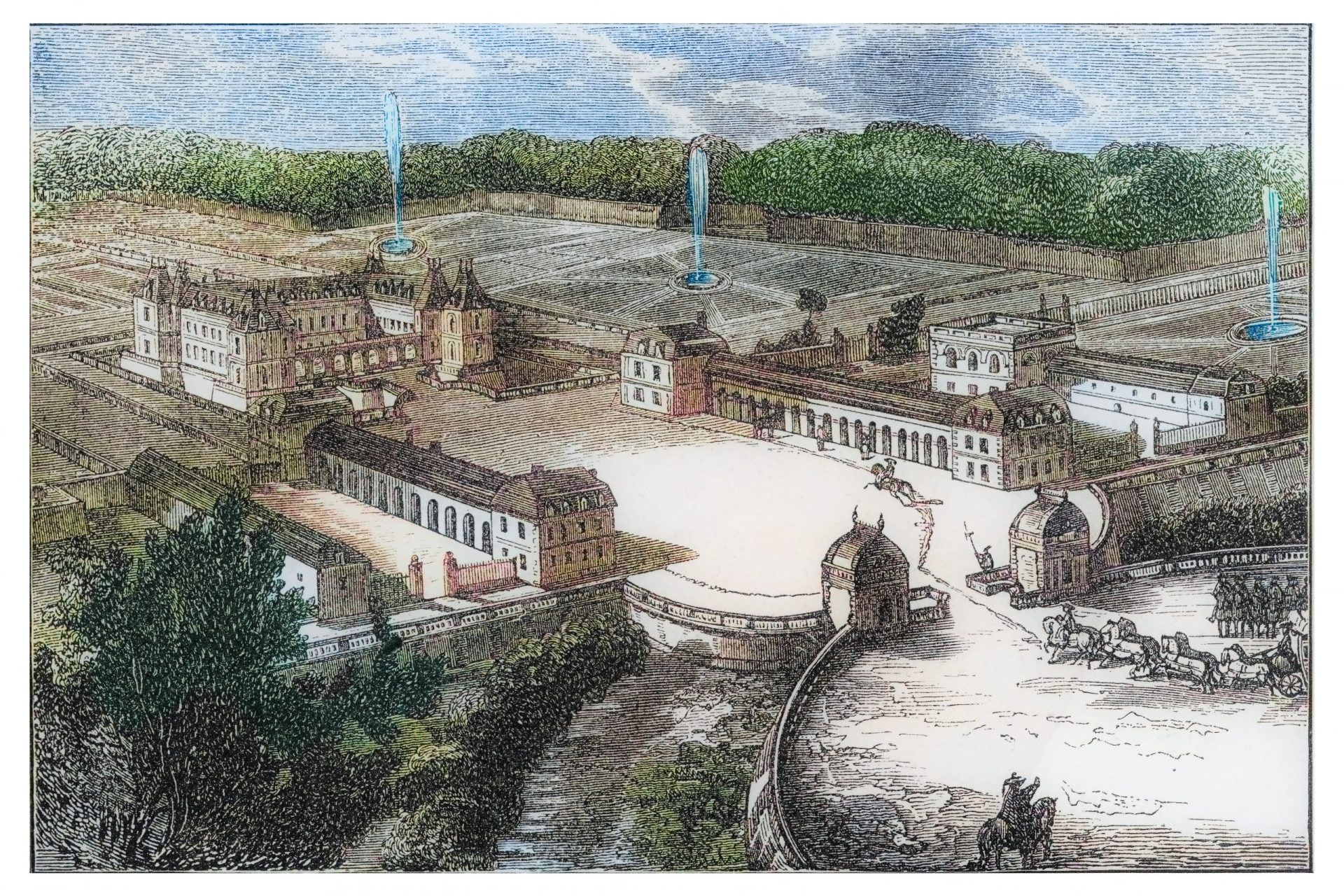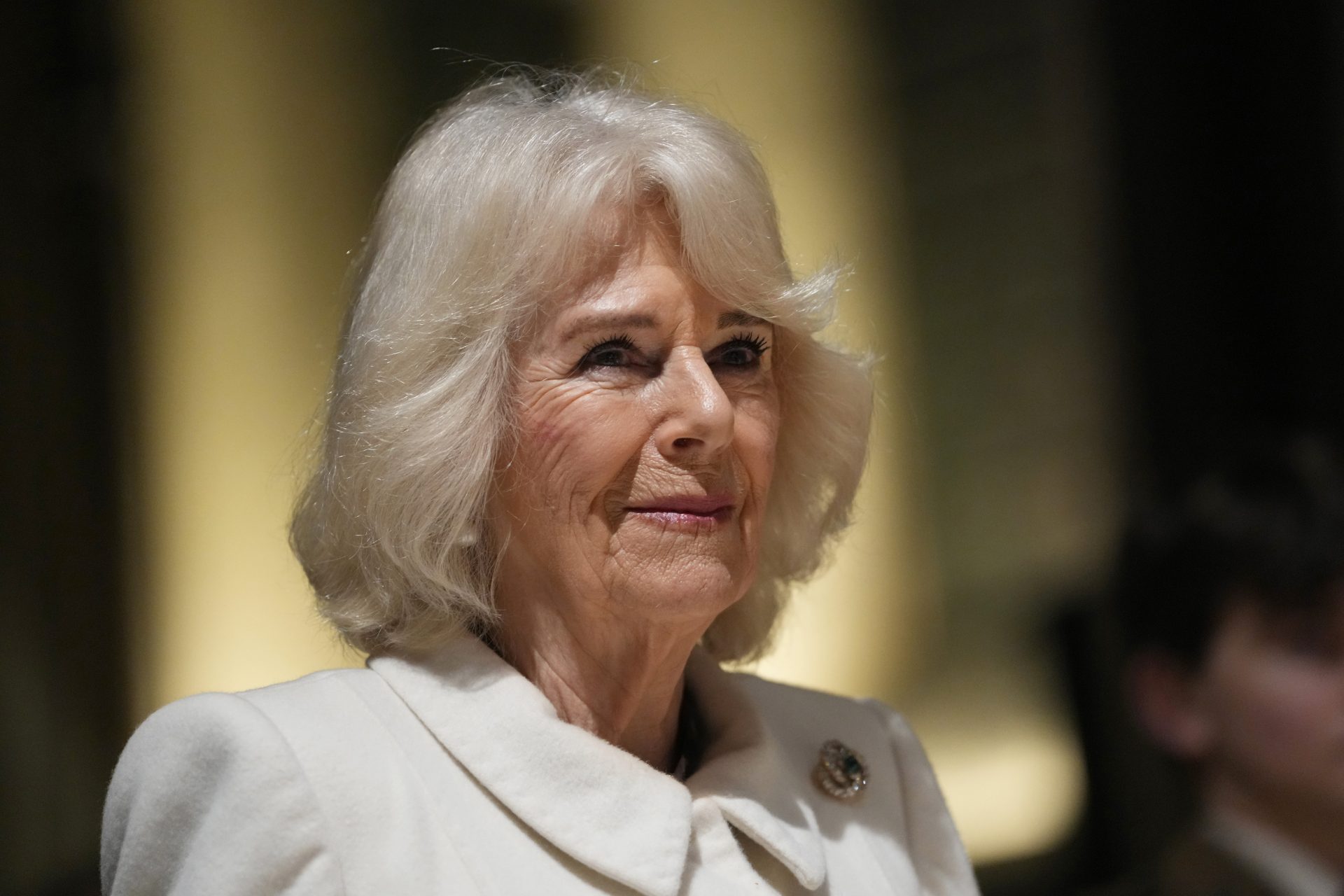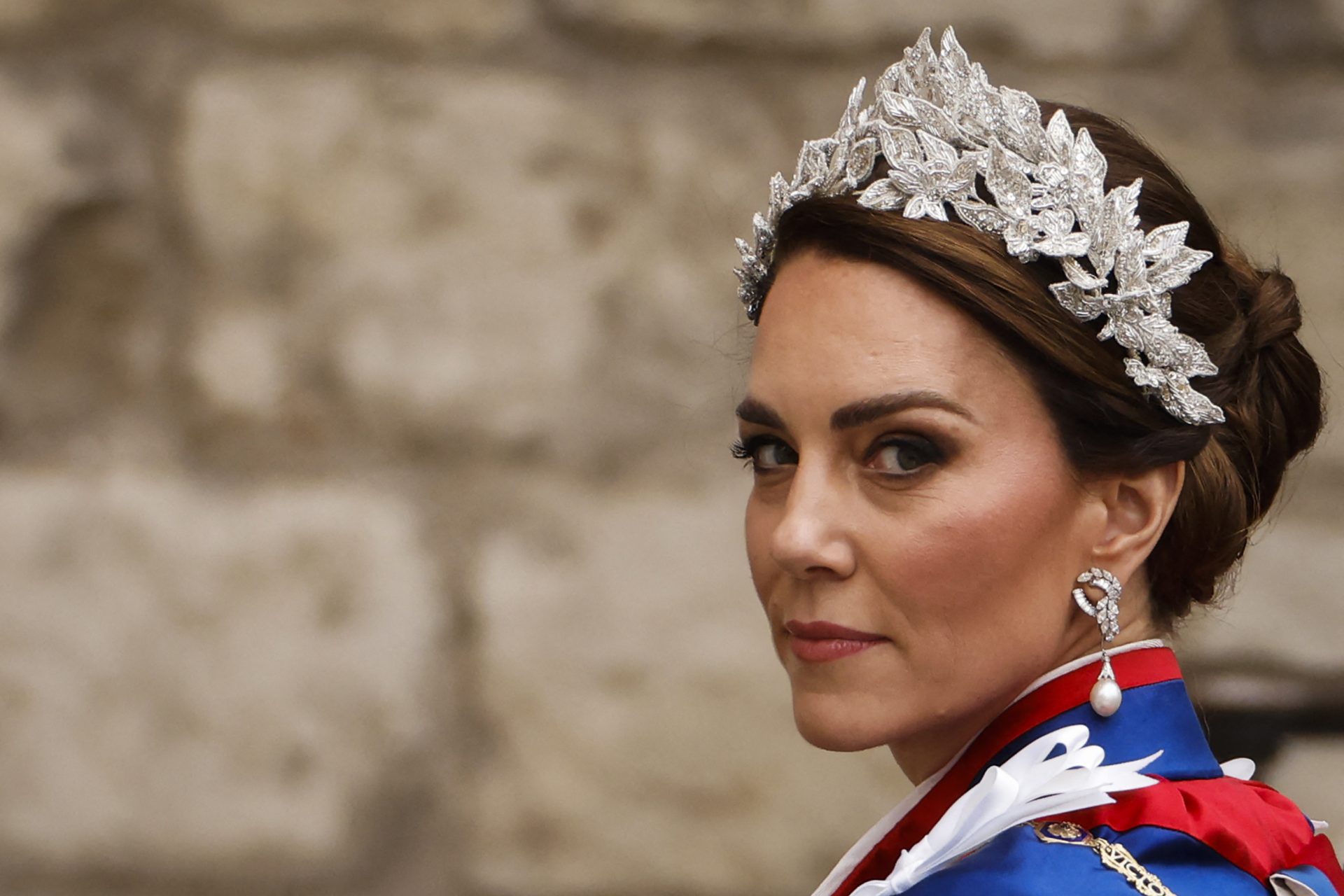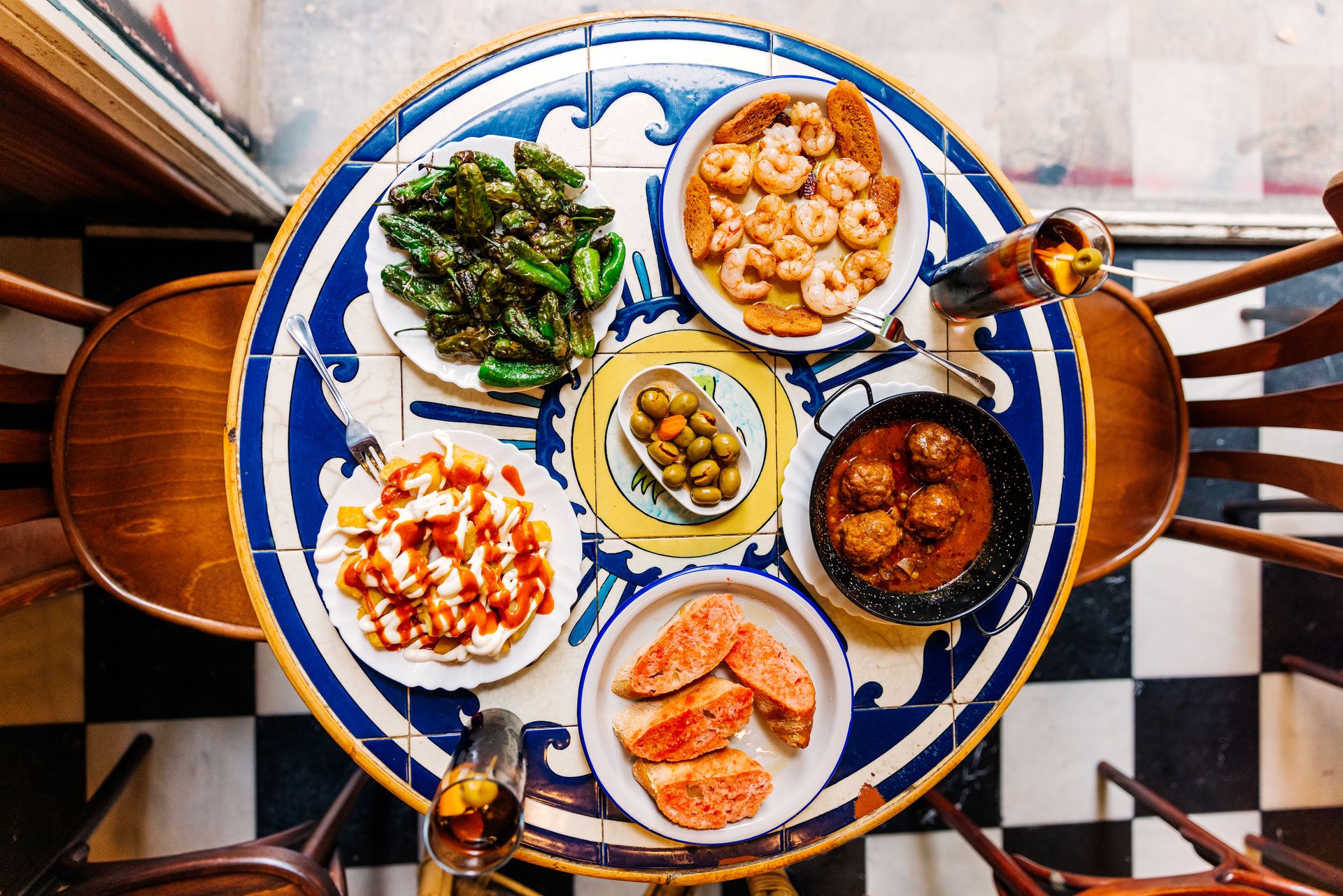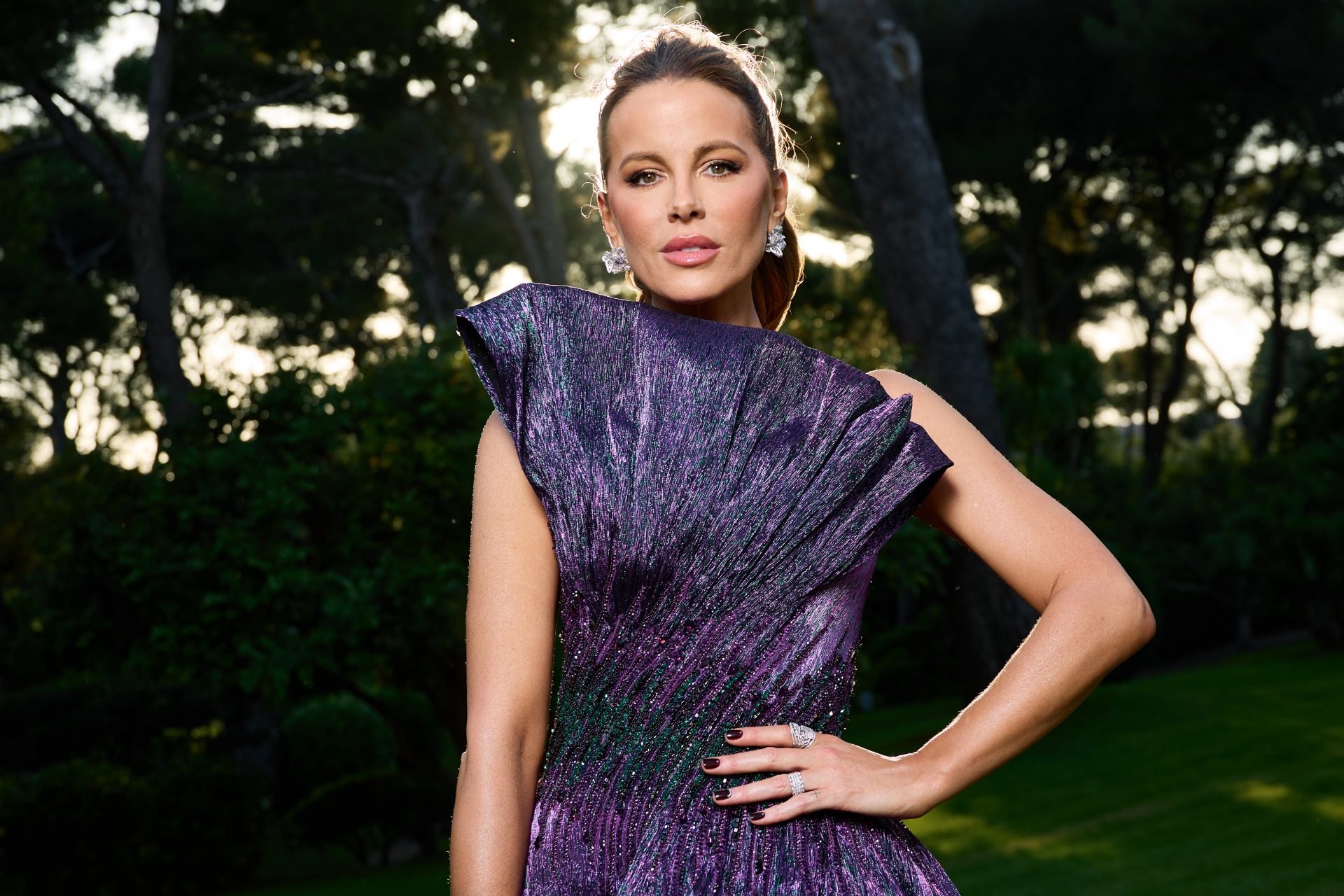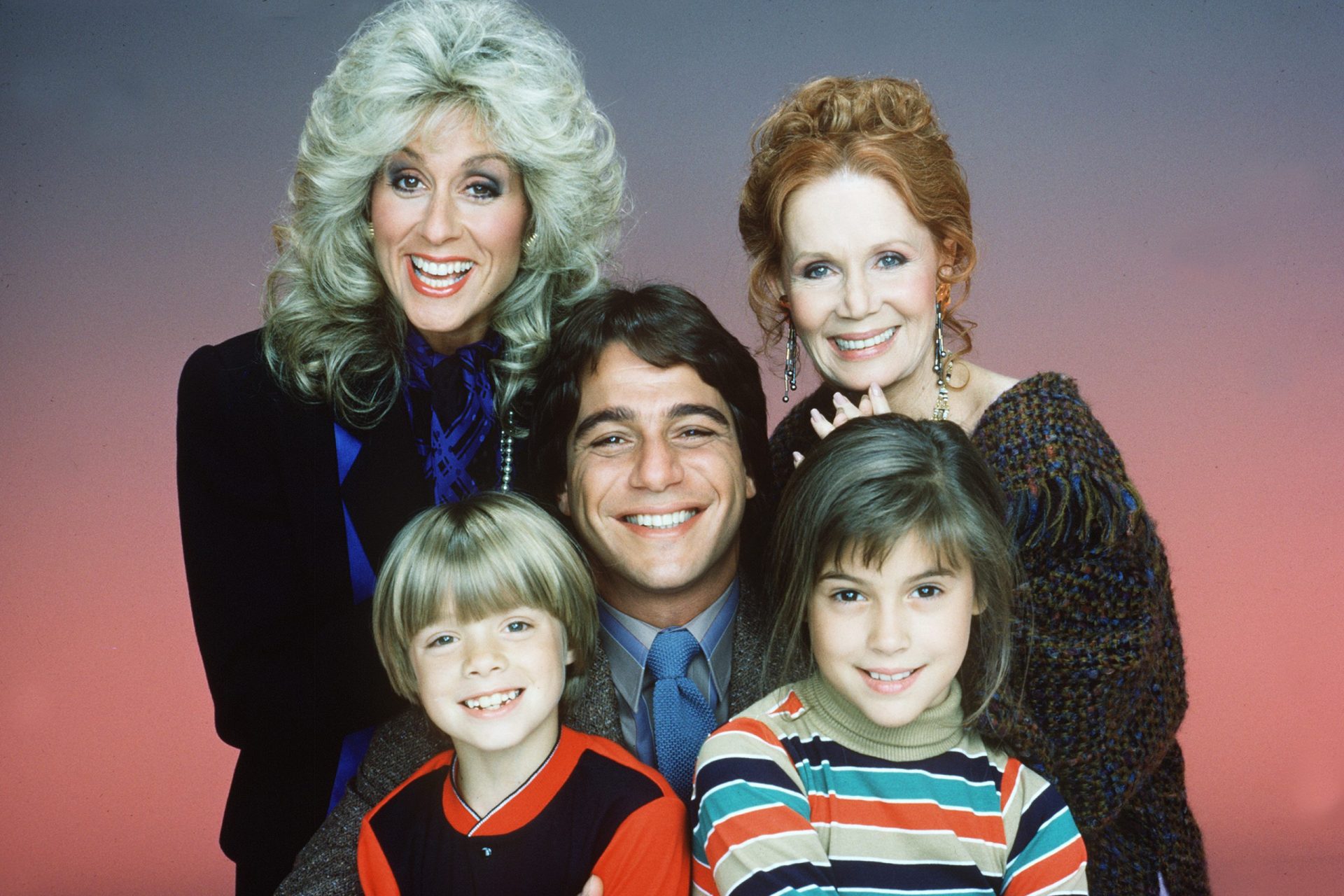Versailles: the story of a decadent palace
Before becoming the majestic castle we know today, the Palace of Versailles was a modest hunting lodge, built in stone and brick. It was Louis XIII (1601-1643) who commissioned it in 1623 when he was King of France. He wanted a castle to be able to get away from the crowds and hunt in peace in the vast game-filled lands of Versailles.
In 1662, twenty years before becoming the official residence of King Louis XIV (1638 - 1715), the latter decided to set up a menagerie on the estate of Versailles. At the time, it was a mere recreational residence for the holidays. When the menagerie was finished in 1668, the King received several diplomatic gifts for it, such as an elephant from the King of Portugal and felines from Arab princes. This royal menagerie is the predecessor of the zoos we know today.
During the reign of Louis XIV, the Palace of Versailles hosted a large number of events. Balls, concerts, plays, operas, light shows... Everything was done to entertain the king and his court.
Every morning, many people attended the king's levee. Once his first valet had awakened him, and his doctor had examined him, several favorite servants followed one another into the monarch's room. The officers of the Chamber and of the Wardrobe entered in their turn to dress the king. Then came breakfast time. A hundred people came every day to observe this ceremony.
The official bedtime of the king also offered a whole ceremony. However, between 11:30 p.m. and midnight, it is said that Louis XIV would get up to go to his mistress. His first valet always accompanied him; he carried his sword with him, but also... his chamber pot (the portable toilet).
Before Louis XV decided to install 'English toilets' in the private apartments of the Palace of Versailles, everyone who lived there had a chamber pot... made of silver. A real touch of luxury!
Everyone, with the exception of escorts, had the right to visit the Palace of Versailles and its gardens during the time of Louis XIV. The only condition to enter was to be well dressed. Travelers from all over France came to Versailles to discover the splendor of the place. There was one important rule, though: no one should cross the path of the monarch!
The distance between the kitchens and the dining rooms was so large that Louis XIV's dishes were often served to him cold. To remedy this problem, Louis XV (1710 - 1774) built kitchens directly in his private apartments.
At the time, hot chocolate was considered an exotic drink. This cocoa-based beverage was Louis XV's favorite, and in fact, the whole court drank it at Versailles. It was also served to the king's mistresses because chocolate was believed to have aphrodisiac properties.
Nostalgic for a more rustic life, Queen Marie Antoinette commissioned the construction of a village, located in the park of the castle, in 1782. It had a completely natural decoration, inspired by the writings of Rousseau. To escape the constraints of Versailles, she often took refuge there. The hamlet housed vineyards, orchards, vegetable gardens, and animals, and was managed by a farmer appointed by the queen.
See also: Marie Antoinette's decadent life depicted in films and series
In her apartments, Marie-Antoinette had a back door in the tapestry through which she entered and left. Her husband, Louis XVI (1754-1793), did the same. In fact, it was through this door that Marie-Antoinette was able to escape the rioters of the French Revolution when they invaded the castle on October 6, 1789.
The Gardens of Versailles have 55 fountains of various sizes. To supply the various water points, engineers had to get creative. In 1681, a master carpenter and mechanic from Liège built the Marly machine, a huge device for pumping water from the river Seine, but it was not enough to supply all the water for the gardens. So, when the King took a walk, efforts were made to ensure that the fountains he passed were on, even though others weren't, just to give him the illusion that everything was in perfect working order.
An emblematic room of the Palace of Versailles, the Hall of Mirrors was built from 1678 to 1684 by the French architect Jules Hardouin-Mansar. It was intended to dazzle visitors and illustrate the power of Louis XIV. With a length of 73 meters, the gallery is covered with 357 mirrors, all made of exceptional quality by Venetian craftsmen.
Despite all the money and time invested in this palace, Versailles was at the center of French power for only 107 years. It was just Louis XIV, Louis XV, and Louis XVI who successively resided there between 1682 and 1789. During the French Revolution, the royal family had to flee their main residence.
While life at the Palace of Versailles was synonymous with luxury and opulence, many lived in poverty on the other side of the royal gate. As a symbol, this gilded gate was destroyed during the French Revolution. It was not until 2008 that it was restored to its original state, with 100,000 gold leaves placed on it.
Long after the revolution, an important historic event returned to Versailles. At the end of the First World War, the peace agreement between Germany and the Allies was signed in the Hall of Mirrors on June 28, 1919,







